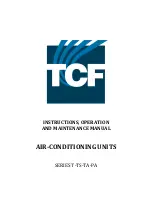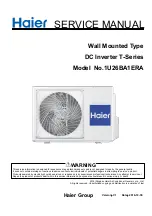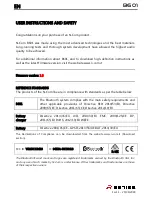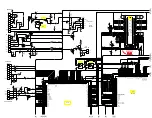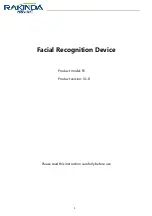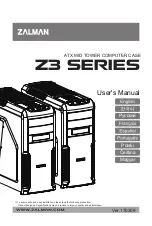
SS-SVX004C-EN
21
Commissioning and Decommissioning
Operation
For new installations, ensure the unit is ready to operate
by going through the Checklist for Completed Installation,
located in
, prior to start-up.
Note:
A Warranty Registration and Start-Up Checklist is
provided with the unit data package. It should be
completed during start-up and sent to Trane. This
checklist should be used as a guideline for items
that need to be confirmed during start-up.
Start-up must be performed by a journeyman,
refrigeration mechanic or an air conditioning technician.
Step by Step Start-Up
Instructions
NOTICE
Compressor Failure!
Prior to initial start-up (only when main power has
been disconnected for 12 hours or longer), allow at
least two hours with main power reconnected. This will
allow sufficient time for the crankcase heaters to
evaporate any liquid that may have migrated to the
compressor crankcase. When this procedure is
completed, the unit is ready to be run.
1. Replace all equipment removed prior to performing
start-up checks.
2. Apply power to the RCU system at the main power
disconnect switch.
Note:
The compressor may have a time delay on start-up.
The refrigeration circuit must be tested at start-up.
Refer to the separate controller operation instructions
sent with the unit in the data package.
3. Test cooling operation by adjusting the temperature
setpoint at the system controller. The compressor
should come on and the suction line should gradually
drop in temperature.
Operational Description
1. Compressor starts; condensing unit fan starts.
Note:
RCUs equipped with condensing unit fan cycling
have a delay after the compressor starts for the
minimum pressure to be reached to start the fan
motor.
2. Refrigerant flowing to the RCU unit in the form of a low
pressure gas, enters the compressor where it is
compressed into a high pressure gas.
3. The refrigerant then flows to the condensing unit coil.
The high temperature, high-pressure gas from the
compressor is cooled and condensed by the flow of air
through the condensing unit coil and is changed into a
high-pressure liquid.
4. For cold weather applications using flooded head
pressure control and/or full floating hot gas bypass,
the liquid refrigerant flows to a receiver. The receiver
acts as a storage tank for the liquid refrigerant that is
not in circulation.
5. The liquid refrigerant flows through a sight glass. This
device indicates the presence of air and moisture and
gives a visual indication of the state of the refrigerant
in the system.
6. The high pressure liquid refrigerant then flows to the
air conditioner. The refrigerant passes through a
metering device before entering the evaporator coil
where it removes heat and evaporates into a gas.
7. The refrigerant gas is then drawn back to the
compressor and the cycle is repeated.
8. A pump down cycle prevents liquid refrigerant from
condensing in the evaporator during off cycles.
Figure 8.
Refrigeration cycle
Decommissioning the Unit
WARNING
Hazardous Service Procedures!
Failure to follow all precautions in this manual and on
the tags, stickers, and labels could result in death or
serious injury. Technicians, in order to protect
themselves from potential electrical, mechanical, and
chemical hazards, MUST follow precautions in this
manual and on the tags, stickers, and labels, as well as
the following instructions: Unless specified otherwise,
disconnect all electrical power including remote
disconnect and discharge all energy storing devices
such as capacitors before servicing. Follow proper
lockout/tagout procedures to ensure the power can not
be inadvertently energized.When necessary to work
with live electrical components, have a qualified
licensed electrician or other individual who has been
trained in handling live electrical components perform
these tasks.
Condensing Unit
Compressor
Evaporator
Metering
Device
Sight
Glass
Reciever (Optional)
AHU
RCU




























